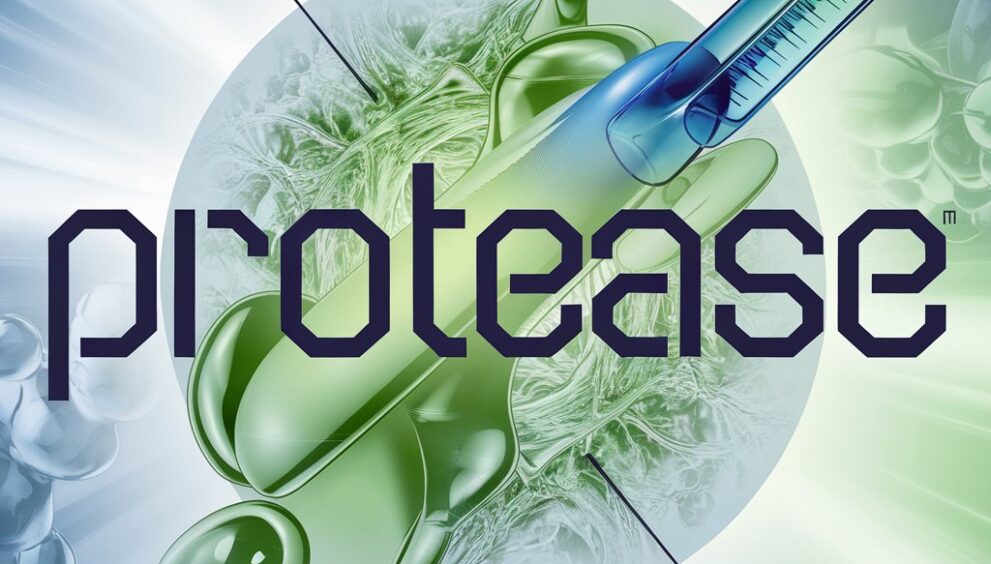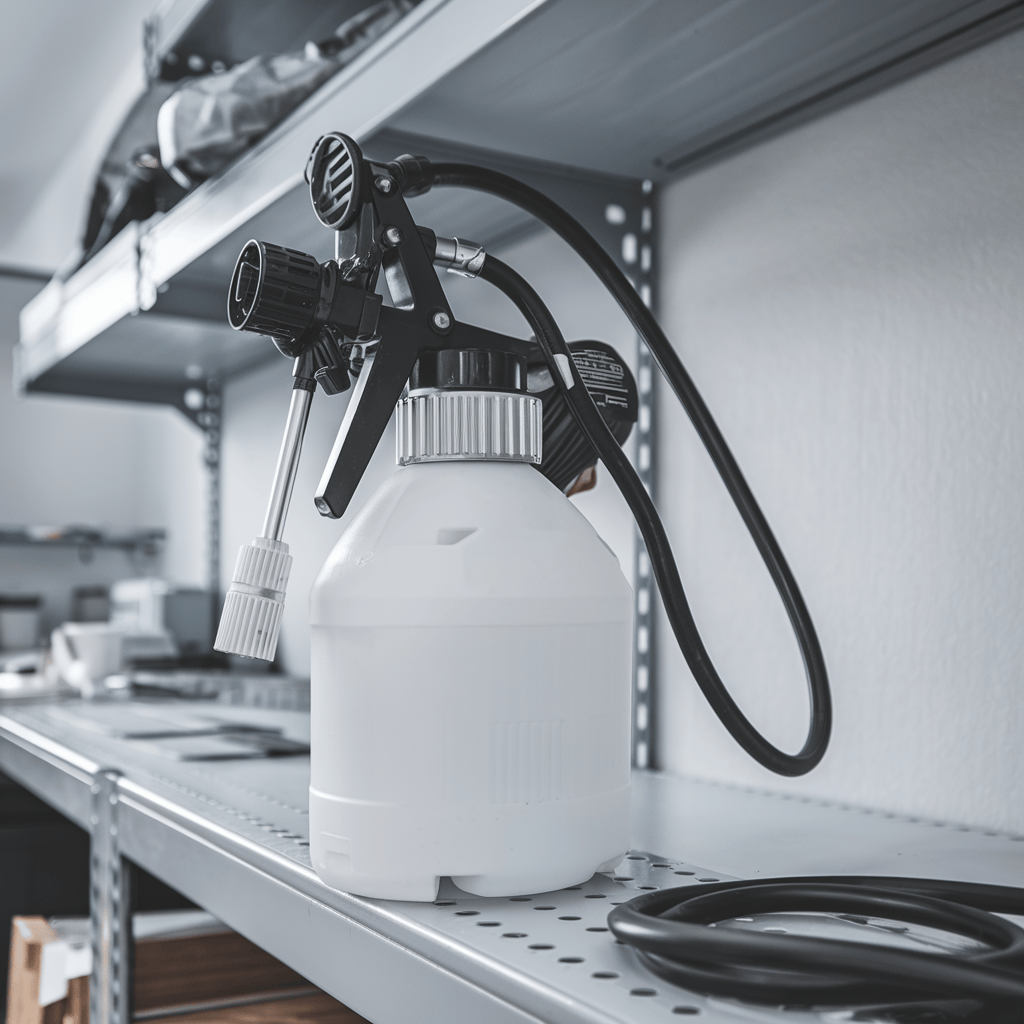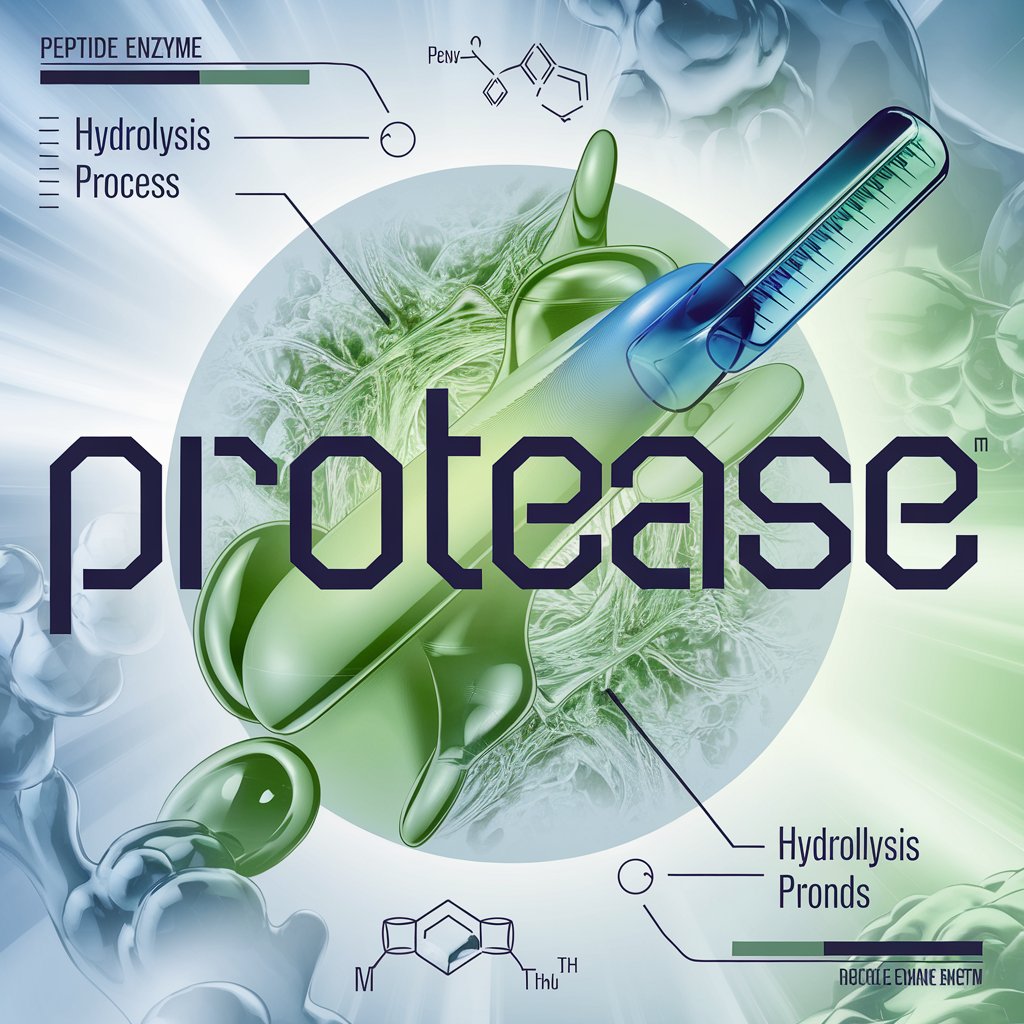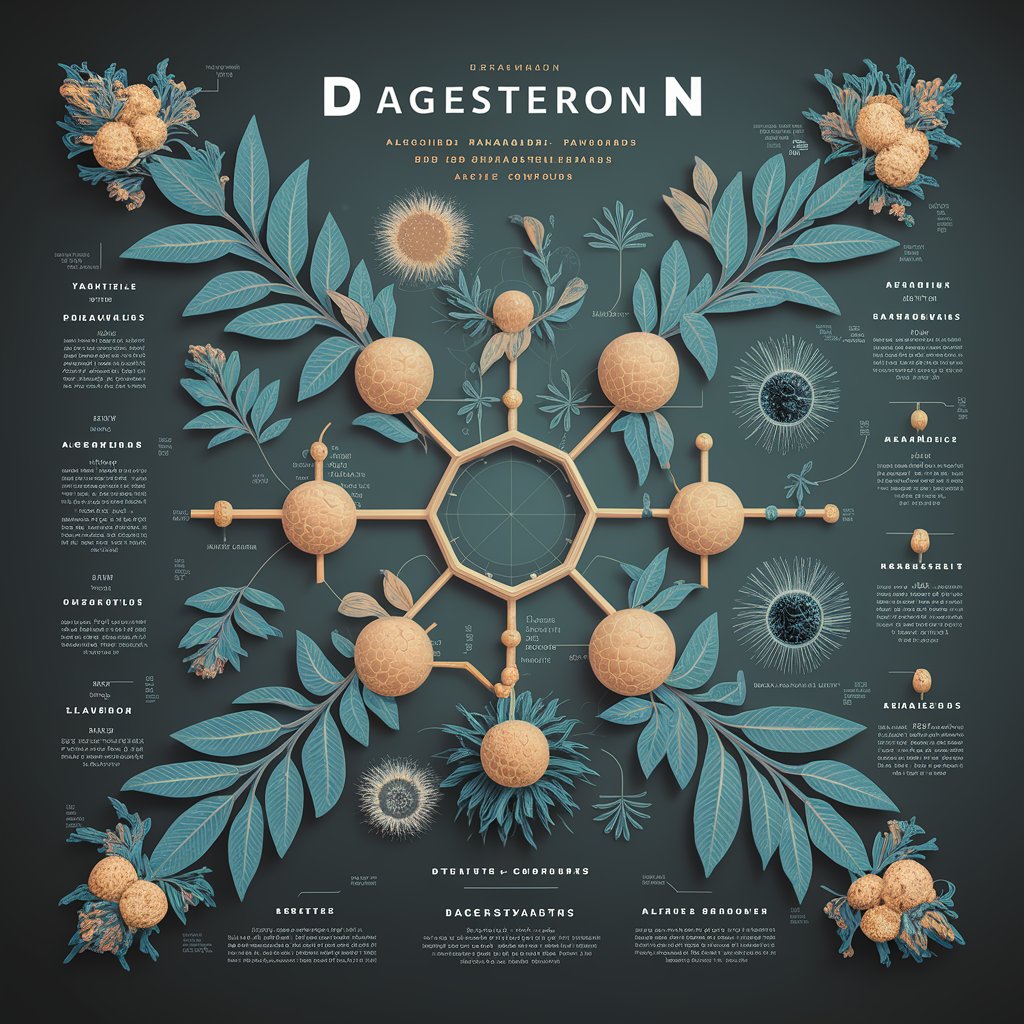Understanding Proatese: The Essential Enzyme in Protein Processing

Introduction to Protease
Protease is an essential enzyme that plays a crucial role in the processing and regulation of proteins within the human body and across all living organisms. By catalyzing the hydrolysis of peptide bonds, proteases help break down proteins into their constituent amino acids, which are vital for numerous biological processes. This article delves into the fascinating world of proteases, exploring their types, functions, applications, and the significance of these enzymes in various fields.
Protease is an enzyme that catalyzes the hydrolysis of peptide bonds in proteins. Nearly 2% of human proteins are proteases, highlighting their crucial role in protein processing and regulation within the body.
Table of Contents
- What is Protease?
- Types of Proteases
- Functions of Protease
- Protease in Human Health
- Industrial and Biotechnological Applications of Proteases
- Protease Inhibitors
- Future Prospects for Protease Research
- Frequently Asked Questions (FAQs) About Protease
- Conclusion: The Impact of Protease on Science and Industry
1. What is Protease?
Protease is a type of enzyme that facilitates the breakdown of proteins by hydrolyzing peptide bonds. Proteins are made up of long chains of amino acids connected by peptide bonds, and proteases help to dismantle these bonds, leading to the formation of smaller peptide fragments and free amino acids.
Key Characteristics of Proteases
- Enzyme Type: Proteases are classified as hydrolases because they use water to break peptide bonds.
- Specificity: They are specific to the peptide bonds in proteins and operate at various pH levels depending on their type.
- Catalytic Action: Proteases accelerate the process of protein degradation, making it more efficient.
2. Types of Proteases
Proteases are categorized based on their mechanisms of action, substrate specificity, and the environments in which they function. The main types include:
2.1. Serine Proteases
These proteases use a serine residue in their active site to catalyze the hydrolysis of peptide bonds. Examples include:
- Trypsin: Found in the digestive system, it breaks down proteins in the stomach and small intestine.
- Chymotrypsin: Also involved in digestion, it targets aromatic amino acids in proteins.
2.2. Cysteine Proteases
Cysteine proteases utilize a cysteine residue in their active site. Key examples are:
- Papain: Derived from papaya, used in meat tenderizers and as a digestive aid.
- Cathepsin B: Found in lysosomes, involved in protein degradation within cells.
2.3. Aspartic Proteases
These proteases have aspartic acid residues at their active site. Examples include:
- Pepsin: Active in the stomach, it helps digest proteins into smaller peptides.
- Renin: Plays a role in the regulation of blood pressure and fluid balance.
2.4. Metalloproteases
Metalloproteases require metal ions, such as zinc, for their activity. Examples are:
- Matrix Metalloproteinases (MMPs): Involved in the remodeling of extracellular matrix during tissue repair.
- Neprilysin: Helps in the breakdown of neuropeptides and other substrates.
3. Functions of Protease
Proteases are vital for numerous biological processes and functions, including:
3.1. Protein Digestion
Proteases are essential for breaking down dietary proteins into amino acids, which can then be absorbed and utilized by the body. This process occurs primarily in the stomach and small intestine.
3.2. Cellular Regulation
In cells, proteases regulate various functions by controlling the levels of specific proteins. For example, they are involved in:
- Apoptosis: Proteases like caspases play a crucial role in programmed cell death.
- Protein Activation: Some proteases activate or deactivate other proteins by cleaving specific peptide bonds.
3.3. Immune Response
Proteases are involved in the immune system’s function by processing and presenting antigens to immune cells. They help in:
- Antigen Processing: Proteases break down foreign proteins into peptides that are recognized by immune cells.
- Inflammation: They modulate inflammatory responses by regulating the activity of inflammatory mediators.
4. Protease in Human Health
Proteases have significant implications for human health, impacting both disease states and therapeutic interventions.
4.1. Disease Associations
Abnormal protease activity is linked to various diseases, including:
- Cancer: Overactive proteases can promote cancer progression by breaking down extracellular matrix components and facilitating metastasis.
- Cardiovascular Diseases: Proteases involved in blood clotting and vessel remodeling can influence cardiovascular health.
4.2. Therapeutic Uses
Proteases are targeted in the treatment of several conditions, such as:
- HIV/AIDS: Protease inhibitors are used as part of antiretroviral therapy to prevent viral replication.
- Cystic Fibrosis: Enzyme replacement therapy helps in managing protein processing defects in this genetic disorder.
5. Industrial and Biotechnological Applications of Proteases
Proteases are employed in various industries due to their versatile applications.
5.1. Food Industry
Proteases are used in food processing to:
- Tenderize Meat: Enzymes like papain and bromelain break down muscle proteins, improving meat tenderness.
- Produce Cheese: Rennet, a complex of proteases, is used in cheese-making to curdle milk.
5.2. Detergent Industry
In detergents, proteases help in:
- Stain Removal: They break down protein-based stains such as blood and food residues, improving cleaning efficiency.
5.3. Pharmaceuticals
Proteases are utilized in:
- Drug Development: Protease inhibitors are key components in treatments for various diseases, including HIV and hepatitis.
5.4. Biotechnology
Proteases are involved in:
- Protein Engineering: They aid in modifying proteins for research and industrial applications.
- Bioremediation: Proteases help in breaking down pollutants and waste products in environmental cleanup processes.
6. Protease Inhibitors
Protease inhibitors are substances that block the activity of proteases. They play a crucial role in:
6.1. Medical Treatments
- Antiviral Therapy: Inhibitors like those used in HIV treatment prevent viral proteases from processing viral proteins, hindering virus replication.
- Cancer Therapy: Inhibitors targeting cancer-related proteases can slow tumor growth and metastasis.
6.2. Research and Development
Protease inhibitors are valuable tools in research, helping scientists understand protease functions and develop new therapeutic strategies.
7. Future Prospects for Protease Research
The future of protease research holds exciting possibilities:
7.1. Advancements in Enzyme Engineering
Developments in enzyme engineering may lead to more efficient and specific proteases for industrial and medical applications.
7.2. Personalized Medicine
Protease-related research could contribute to personalized medicine approaches, tailoring treatments based on individual protease activity profiles.
7.3. Environmental Solutions
Innovations in protease applications may enhance bioremediation efforts, providing solutions for environmental pollution and waste management.
8. Frequently Asked Questions (FAQs) About Protease
Q1: What is the main function of protease?
Protease primarily functions to break down proteins into smaller peptides and amino acids by hydrolyzing peptide bonds.
Q2: How are proteases classified?
Proteases are classified into four main types: serine proteases, cysteine proteases, aspartic proteases, and metalloproteases, based on their active site residues and mechanisms of action.
Q3: What are some common applications of proteases?
Proteases are used in food processing, detergents, pharmaceuticals, and biotechnology for various applications including protein digestion, stain removal, and drug development.
Q4: How do protease inhibitors work?
Protease inhibitors block the activity of proteases, preventing them from breaking down proteins. This can be beneficial in treating diseases like HIV and certain cancers.
Q5: What future developments are expected in protease research?
Future developments may include advancements in enzyme engineering, personalized medicine approaches, and enhanced applications in environmental solutions.
9. Conclusion: The Impact of Protease on Science and Industry
Protease is a fundamental enzyme with a profound impact on both biological processes and various industries. Its ability to break down proteins and regulate numerous physiological functions highlights its importance in health, disease management, and biotechnology. As research continues, proteases will undoubtedly remain at the forefront of scientific innovation and industrial applications, offering new solutions and insights into the complex world of proteins.
 English
English 











































































































































































































































































































































































